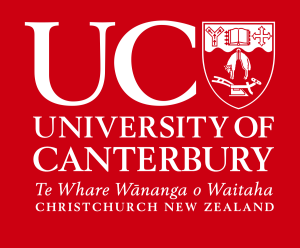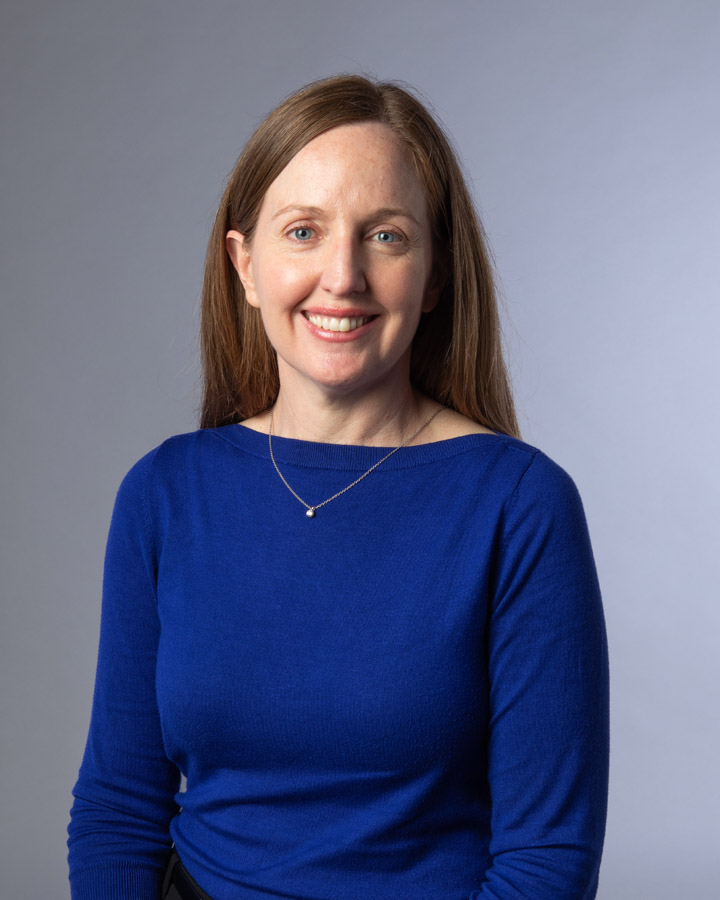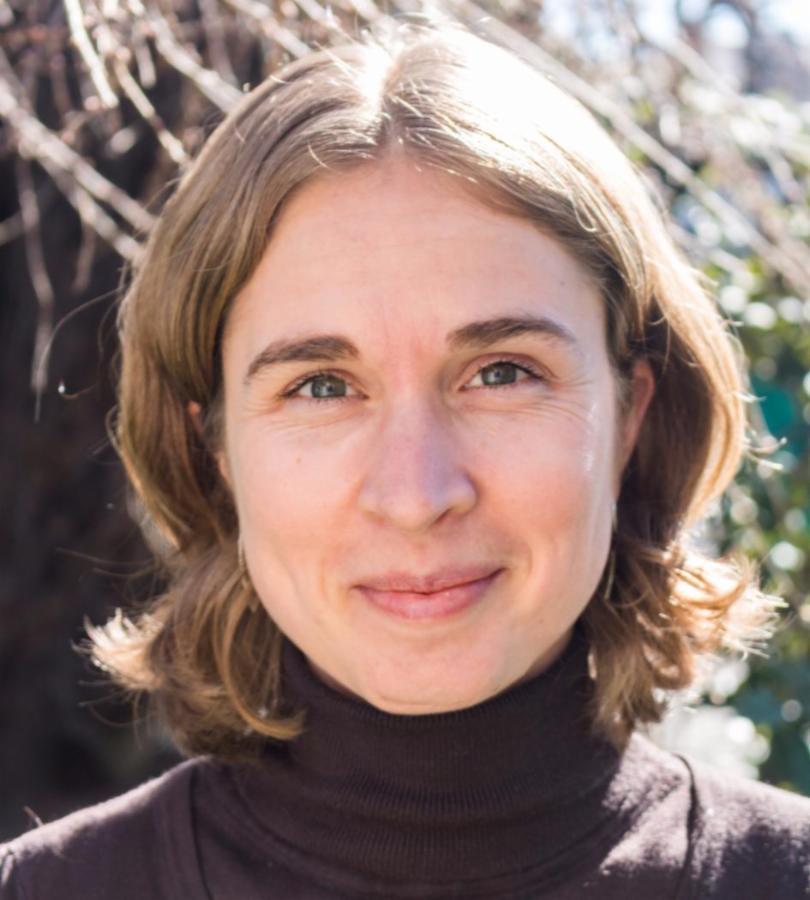Theoretical perspectives in speech production and speech recognition underpin our research, but our ultimate aim is translational. Our goal is to develop more efficient and effective means of rehabilitation for developmental (e.g., developmental stuttering) and acquired speech disorders (e.g., associated with Parkinson’s disease, traumatic brain injury), and for hearing difficulties associated with ageing. These issues are non-trivial—by our estimations, world-wide over 73 million people stutter and 46 million are affected by acquired speech disorders at any one time. In addition, older adults are the fastest growing sector of the population and over 30% will exhibit hearing loss.
Participants wanted
The completion of our research depends on the goodwill and participation of our local community – we are always looking for people to come into the University and participate. We are currently seeking participants for two studies.
Brain functioning in people who stutter
For this Marsden-funded research project, we are seeking adults with persistent developmental stuttering, as well as with adults who speak fluently. Participants will be asked to perform speech production tasks, allowing us to detect location and timing differences in brain activation. To collect this information, a combination of electroencephalograpy (EEG) and functional magnetic resonance imaging (fMRI) will be used.
If you are interested in participating in this study, please contact catherine.theys@canterbury.ac.nz for more information.
Speech rate and aging
This study is being conducted by Alex Weathersby, Leigh Sullivan and Yvonne Cheung. We seek people aged 60 to 90 years who speak with a NZ accent and also bilingual English-Cantonese/Mandarin speakers. For this project, we ask you to read a text and tell us a short story. We also ask you to complete some basic memory/word tests and will screen your hearing. It takes no longer than 1 hour, and we can come to your home to complete.
Please contact ucspeechlab@canterbury.ac.nz for more information.
Visit our research profiles to view our latest publications
- View Prof Megan McAuliffe's publications
- View Dr Catherine Theys' publications
Get involved
If you are interested in studying or working at the lab, please contact Megan McAuliffe with an outline of your interests. We are happy to consider any project that falls within our areas of research. When making contact be sure to outline the questions you would like to address, and provide a CV that includes names of potential referees.
To support your studies, visit UC Scholarships for a list of funding opportunities. To learn more about postgraduate study at UC, including specifics for international students, visit the Postgraduate Study webpage. Information about living in Christchurch is also available here.



